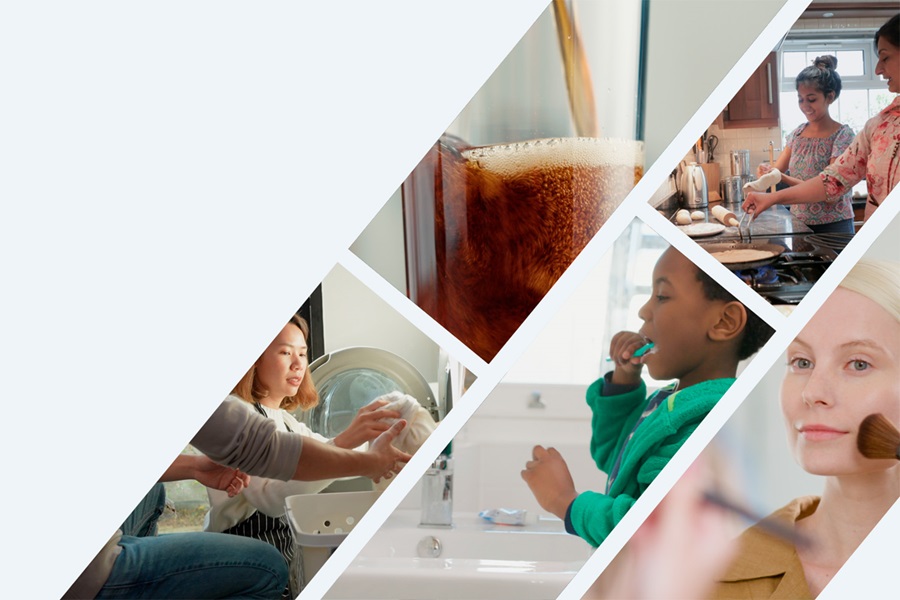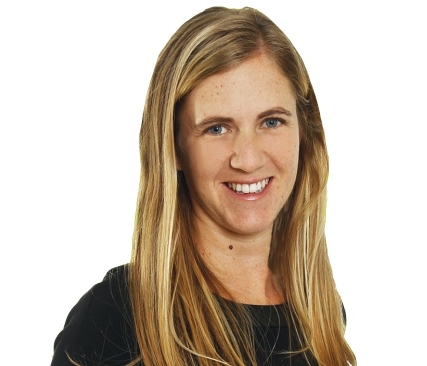Worldpanel's annual Brand Footprint study, a detailed analysis of the world’s shopping habits, summarises the actual shopping habits of consumers in 53 countries, representing 86% of the global population as they managed their households through the cost-of-living crisis. Against a backdrop of double-digit food price inflation, global household FMCG spend increased by 4.8% in 2022, while the volume of items purchased increased by just 0.1%, illustrating that consumers paid more for fewer items, even as they ‘traded down'.
The Brand Footprint study documents the shift in consumer buying habits, owing to global inflation and the cost-of-living crisis, with households increasingly switching to private labels (+6.3%), cheaper retailers (+10.3%) and smaller, more local brands. Spend on branded goods increased by 2.6% to exceed $1,000 for the first time. The US leads the world in the purchase of branded goods with an average spend of $2,847 per household, almost three times the global average. The analysis also shows growth for FMCG brands lies in attracting new customers (increasing penetration) rather than retaining and expanding with existing customers (increasing frequency).
Commenting on this year’s edition Guillaume Bacuvier, CEO Worldpanel Division, Kantar, said: “This year’s study paints a complex picture of a retail market adjusting to inflationary pressures and new consumer behaviours. Many households are carefully reconsidering their spending habits and switching to discounters and private labels.”
This year’s study also identified that:
- The number of items purchased remained static for the first time ever – 0.1% growth vs ~2.56% for the past three years – even as the number of households increased by 1.9%
- Average spend per shopping trip increased by 3.5% while volume fell throughout the year by -1.5% on average
- Private label (PL) value sales were highest in the UK, representing 49.4% of spend (gaining 1.6% points), in Spain PL grew fastest +13% (gaining 3.4% pts) whilst in France despite growing they lost share (down 0.7% pts)
- Globally, households on average purchasing 61.3 brands per year. US households purchase on average 105.8 different brands per year.
- Online growth slowed to +5.6% globally, caused by W Europe where the channel lost share, with Great Britain being the main source of loss, although the channel made gains in Asia and the US.
Top performing brands
For the 11th consecutive year, Coca-Cola remains the most-chosen brand on the planet, followed by Colgate and Maggi. Sprite is the fastest-growing globally with a record-breaking 33.8M new buyers (growing its household penetration by +2.3% points), thanks in large part to the launch of Sprite Zero in China and becoming a billion-unit brand in India.
The top 10 brands remain unchanged, though with some shuffle in their positions, with Lay’s moving up two places from 6 to 4, and Sunsilk moving from 9 to 7.
 Bacuvier added: “The resilience of meaningful, different brands can’t be overstated as consumers face soaring prices. In today's economy, brands of all sizes are encountering significant challenges. Regardless of their scale, the competition to establish a foothold in the market and maintain relevance is fierce. So, it’s worth highlighting the smaller brands with the highest growth – Ricola, Hemani, and CeraVe – for finding their market and gaining shoppers in such testing times.”
Bacuvier added: “The resilience of meaningful, different brands can’t be overstated as consumers face soaring prices. In today's economy, brands of all sizes are encountering significant challenges. Regardless of their scale, the competition to establish a foothold in the market and maintain relevance is fierce. So, it’s worth highlighting the smaller brands with the highest growth – Ricola, Hemani, and CeraVe – for finding their market and gaining shoppers in such testing times.”
Brand Performance Highlights
Worldpanel's analysis shows growth for FMCG brands lies in gaining new customers (penetration) rather than retaining and expanding with existing ones (frequency). 88% of the growing brands found more shoppers – up from 86% in 2021. Nine brands grew their market reach by more than 20 million households, respectively growing their household penetration rate by between 1.2% and 2.3%
- Unilever-owned Sunsilk has accomplished impressive success in the hair care industry by offering reasonably priced products. The brand has found 32.2 million new shoppers, had 14% Consumer Reach Points (CRP) growth, and jumped two spots in the global rank – thanks to its exceptional performance in major markets such as India, the Philippines, Bangladesh, and Brazil.
- Oreo attained notable success by leveraging a product flywheel effect, enabling the brand to expand its offerings beyond its traditional cookie products. An example of this is Oreo's line of frozen treats that comprises a variety of ice creams, cones, pots, and sandwiches. This move helped Oreo find 26 million new shoppers in new markets.
- The emergence of small-scale brands should be on the radar of large, established brands, as the former have demonstrated their ability to secure a place in consumers' shopping baskets through distinctive product offerings. Pears and Ricola both gained 0.8 penetration points, equivalent to 9.5m and 10.7m buyers gained, respectively. The evolving preferences of consumers have stimulated increased experimentation, and these brands serve as evidence of this paradigm shift.
Discussing the success of the top 10 biggest FMCG brands and the recent rise of small brands, Virginia Garavaglia, Global Head of Marketing, Worldpanel Division, Kantar said: “Consumer behaviour has adapted to the challenging economic landscape, supply chain issues, and the continuing rise of e-commerce. The biggest brands have retained their places at the top of the FMCG rankings, while smaller brands are steadily gaining prominence and figuring out ways to reach consumers and meet their changing needs perhaps more dynamically than larger super-brands.”
To read the full Brand Footprint report, explore the data itself, and request more information please visit www.kantar.com/brandfootprint.


